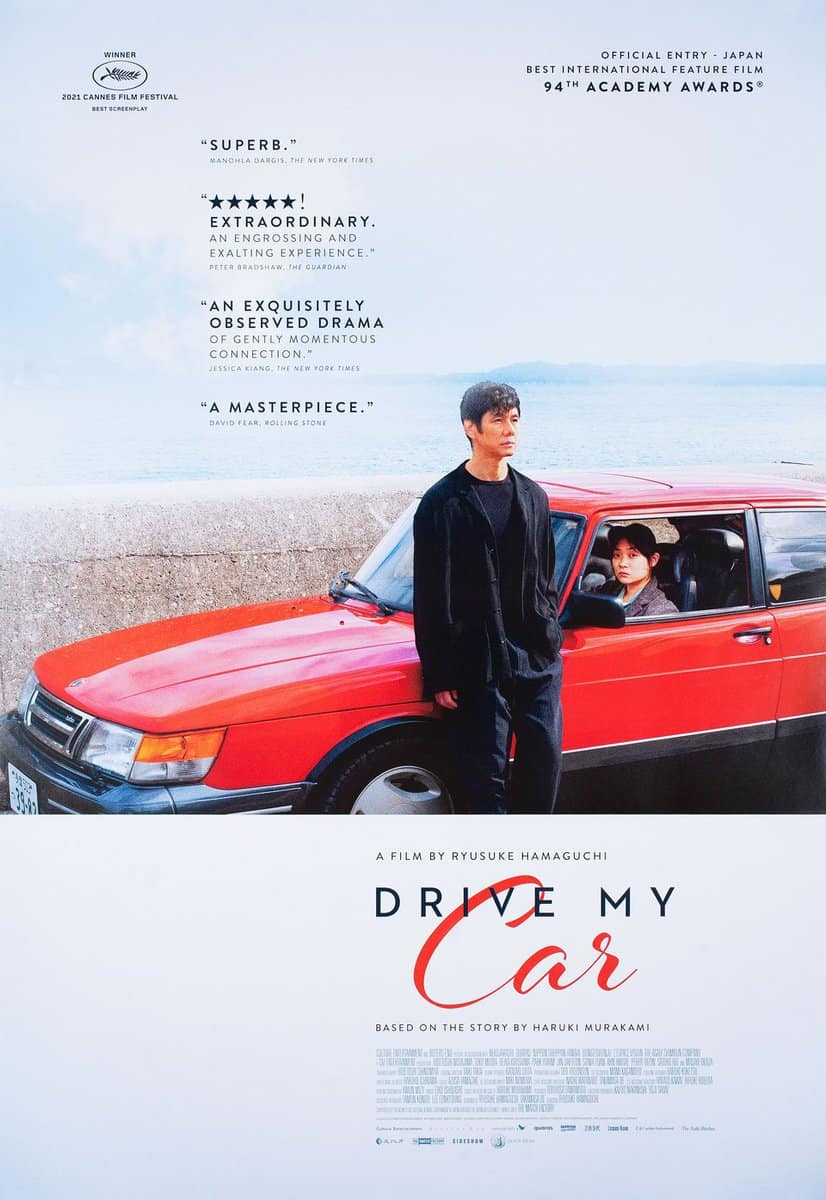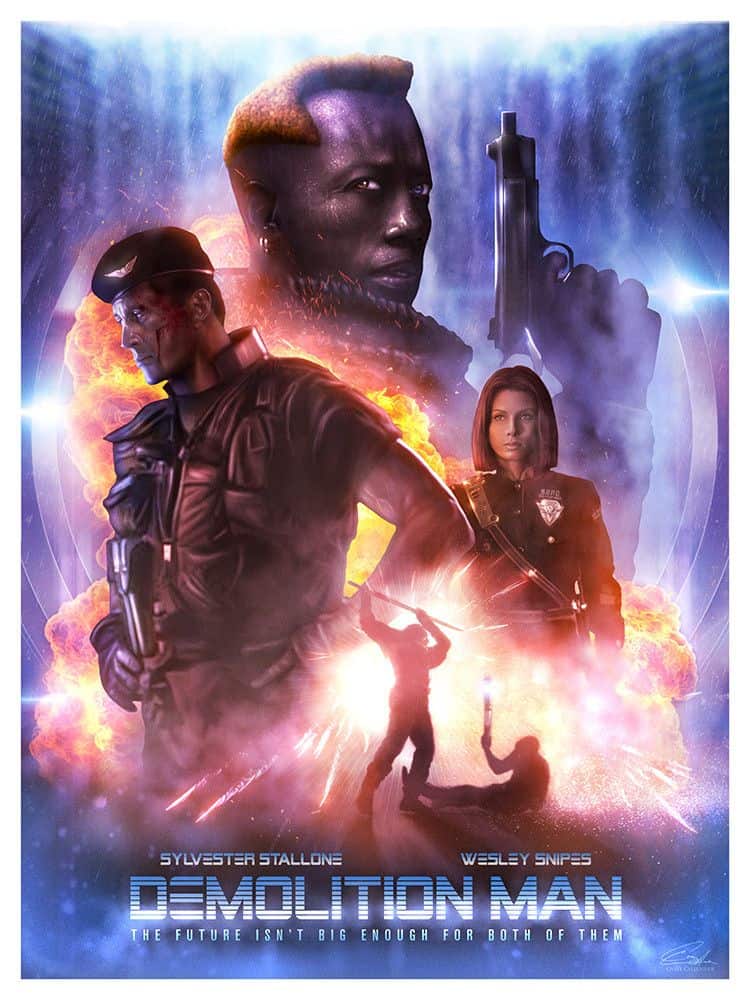
Art by Richey Beckett
Pick any year from the 2010s and you’ll find a dozen (or more) synth/electronic driven film scores. These scores tend to feel familiar and rely on the same tropes because they share the same influences. Disasterpeace’s It Follows takes these tropes and adds a layer of authenticity rarely found in its horror counterparts.
Disasterpeace opens with the film’s two main themes. First, the high-pitched, distorted alarm-bell ringing terror first found in “Heels” followed by the somber, almost fatally optimistic, “Title.” They repeat through the film, creating an unsettling juxtaposition of danger and safety. Disasterpeace, like many other horror composers, uses this motif to produce tension and hear.
To create calmer moments, most horror soundtracks simply slow the music down and drain out the darker elements. While effective, they feel a bit on the nose and manufactured. It Follows, on the other hand, builds an authentic tenderness out of the opening romance – love, leaving childhood behind, and the promises and uncertainties of what adulthood may hold. The shift from calm to terror becomes that much more powerful because those calm moments actually mean something. The shrill sounds of the “Heels” theme start and the monster arrives to chase off not just the characters, but their emotions and aspirations as well. It may seem simple, but many scores do not amplify the film’s emotional heft. In doing so, Disasterpeace stands apart and elevates the weight of the film’s horror.



